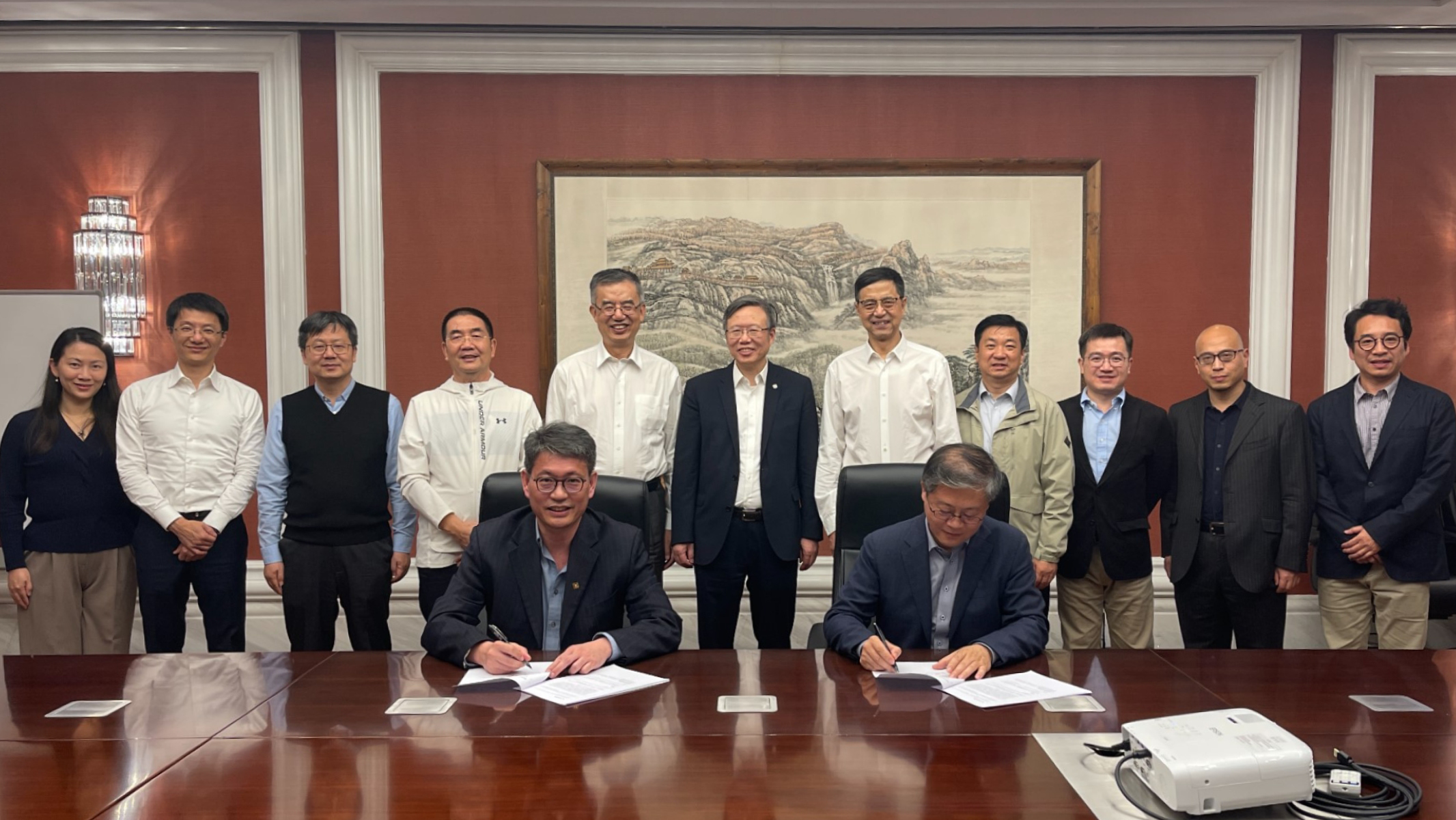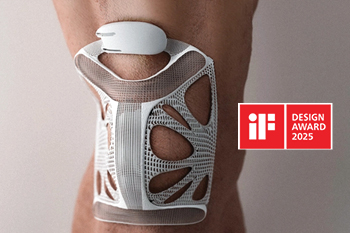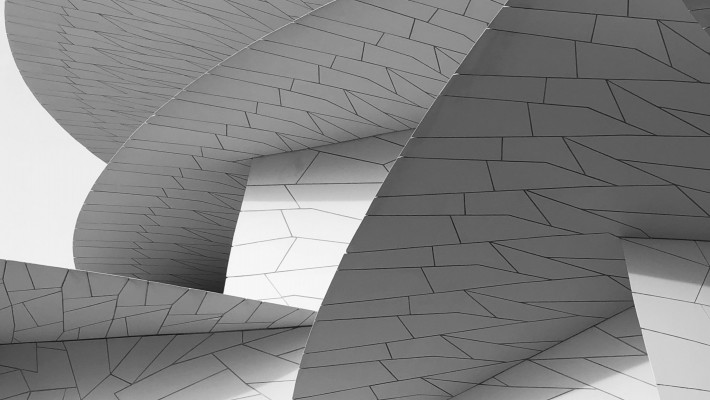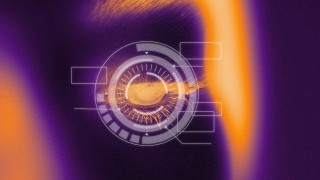Cultivating Creativity and Technological Excellence
New PolyU-Tsinghua joint STEAM lab combines arts and design with STEM to encourage an innovative mindset and enhance industrial and societal impacts
STEM education combines Science, Technology, Engineering and Mathematics into a comprehensive learning framework that emphasises problem-solving. Its goal is to equip learners with the practical, “future-ready” skills that are essential for navigating the complexities of the 21st century. Incorporating Art and Design into the equation turns STEM into STEAM, enriching the experience by fostering creativity and imagination. It also encourages both teachers and students to consider the human impact when approaching scientific problems.
PolyU recently launched a Joint Lab for STEAM in partnership with Academy of Arts and Design at Tsinghua University. This inaugural collaborative laboratory formed by the two universities brings together art, design and STEM to drive innovation in Artificial Intelligence (AI), sustainable technology, and human-machine interaction.
The new lab is leveraging the expertise and achievements of both universities in multidisciplinary research, with a particular focus on knowledge transfer in art and design for impactful social applications. It is dedicated to developing a culture of creativity, innovation and technological excellence, paving the way to a sustainable future.

Professor Jin-Guang Teng, President of PolyU (back row, centre), led a delegation to Tsinghua University. A Memorandum of Understanding was signed by Professor Christopher Chao, Vice President (Research and Innovation) of PolyU (seated, left) and Professor Ma Sai, Dean of the Academy of Arts & Design and Director of the Art and Science Research Center at Tsinghua University (seated, right). Professor Stephen Wang (back row, right), Director of RcFCM, was among the witnesses.
Synergy in innovation
The initiative is led by two distinguished academics: Professor Stephen J. Wang from the PolyU School of Design, who is also Director of its Research Centre for Future (Caring) Mobility (RcFCM); and Professor Ma Sai, Director from the Art and Science Research Center at Tsinghua University. They will lead research projects and guide seminars and promotional activities highlighting the effectiveness of combining arts and design with STEM to enhance innovation and promote economic and social well-being.
Key research domains revolve around artificial intelligence and design, including the creation of intelligent interactive systems, sustainable design and technology, data-driven design, and symbiotic human-machine design. The lab will also explore innovative educational methods.
Projects will be prioritised with a view to fostering collaboration among academia, research and industry, while also strengthening inter-university cooperation and bolstering the overall academic standing of the two universities.

An RcFCM invention is SyncKnee, a knee- monitoring system that tracks both joint angles and swelling patterns, providing detailed knee-state monitoring for daily use.
Underscoring the significance of an interdisciplinary approach to enhance human well-being, the PolyU RcFCM has launched a design-oriented innovations platform aimed at conducting high-impact research. This reflects a visionary blend of cutting-edge STEAM and innovative design, focusing on aspects of living, caring, and well-being in various mobility contexts. It has made notable strides, especially in the realms of intelligent, interactive, and experiential design.
The Art and Science Research Center of Tsinghua University was created in 2001 through the partnership of the distinguished contemporary Chinese painter Mr Wu Guanzhong, and the late Nobel Prize Laureate in Physics, Mr Lee Tsung-Dao. The centre uniquely integrates teaching and research in arts and sciences, nurturing talent with a focus on individuality and innovation.






